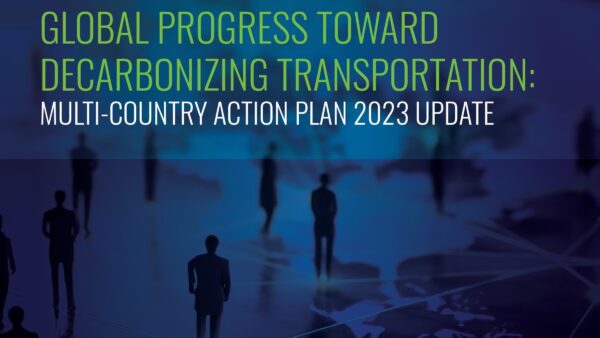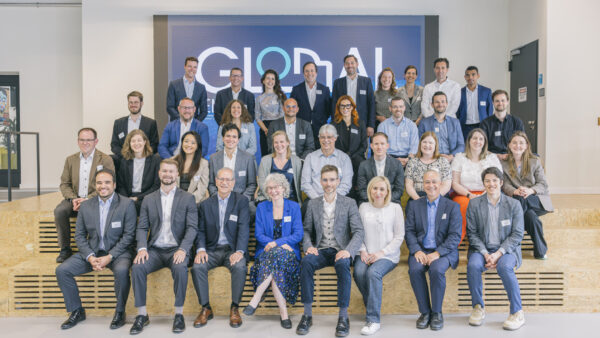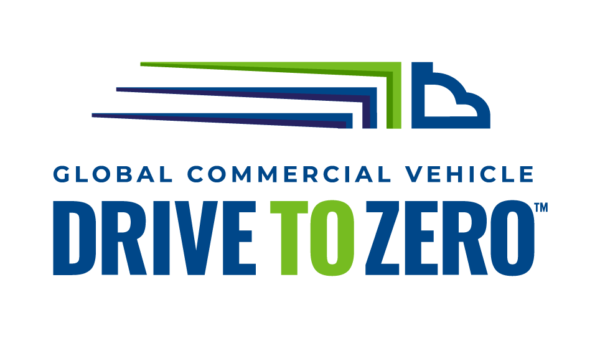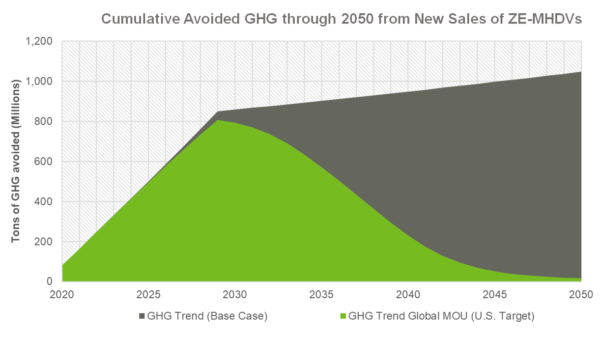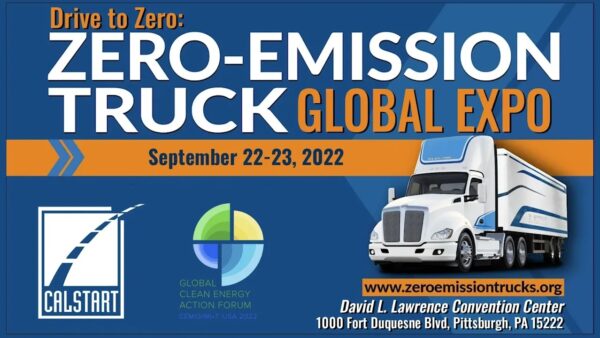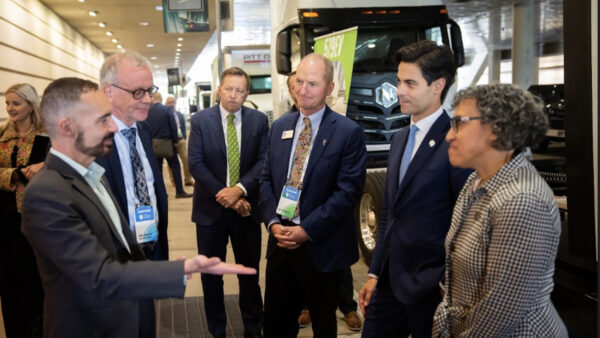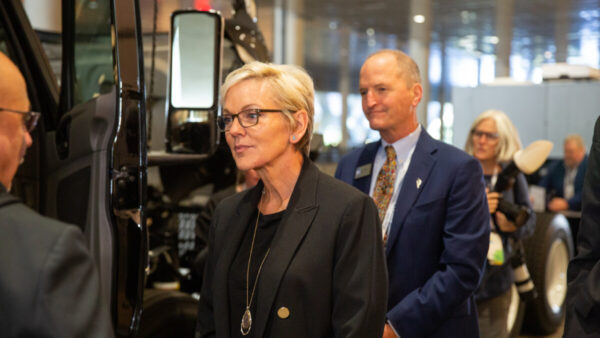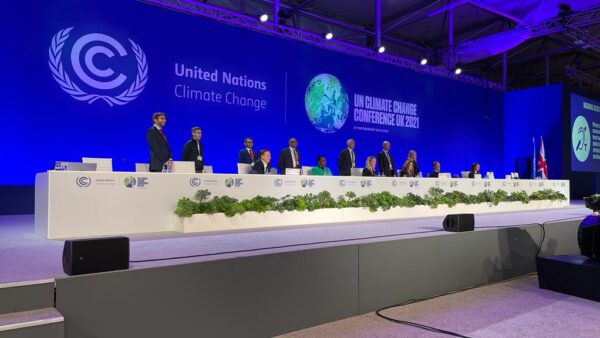Global MOU Berlin In-Person Meeting | 5.23.23-5.24.23 Berlin, Germany
REQUEST FOR PROPOSALS (RFP): DRIVE TO ZERO INDIA CONSULTANT
COP27: New MOU Endorsers Call for Zero-Emission Transport Future | 11.17.22
Since it first launched more than 70 subnational governments and private sector innovators have signed formal acknowledgements endorsing the ambition of the Global MOU. New endorsers announced at COP27 explain below why they support accelerating zero-emission transport: AVERE “As AVERE,…
Transform transportation to reduce greenhouse gas emissions | 11.2.22
Industry Support for the Global MOU
Full letter: Industry Letter of Support to President Biden October 5, 2022 — 24 companies sent a letter of support to President Biden advocating for the U.S. to sign the Global Memorandum of Understanding on Medium- and Heavy-Duty Vehicles, advocating…
Drive to Zero at the GCEAF
Call for 100% zero-emission truck sales by 2040 at GCEAF
U.S. Secretary Granholm announces bold action on clean energy
Request for Expressions of Interest – Drive to Zero India Implementation Consultant
CALSTART is seeking an independent contractor and subject-matter expert in clean transportation in India to serve as a consultant to support implementation of CALSTART’s Global Commercial Vehicle Drive to Zero program and campaign (Drive to ZeroTM) in India. The Drive to Zero…
Industry Assessment & Roadmap for Zero-Emission Medium- and Heavy-Duty Trucks in India
As the 6th largest truck market in the world, India is a key region for CALSTART’s Drive to ZeroTM program and campaign, and can play an important role in achieving the transition to zero-emission medium- and heavy-duty vehicles (ZE-MHDVs). And…

